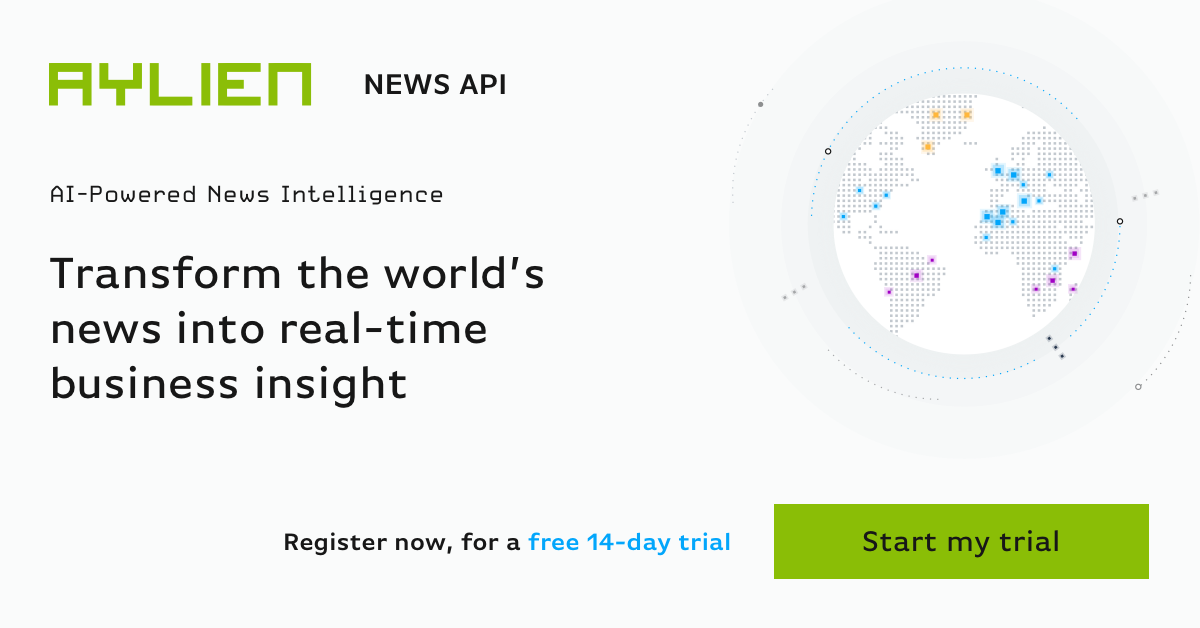Identifying, investigating and monitoring Emerging Risks is a necessity for large organisations. It is also a huge challenge; failure to do it well can result in an array of impacts, such as fines, losses, and reputational damage.
That’s why financial institutions need to utilize new technologies to help them improve their Emerging Risk strategy. One way of doing this is to use AI when Horizon Scanning, to systematically examine information and identify potential risks.
What are Emerging Risks?
Emerging Risks are risks which may develop or which already exist that are difficult to quantify and may have a detrimental impact on an organisation in the future.
Often, Emerging Risks are Non-Financial Risks. Typically, NFR relates to risks generally outside an organization’s control, such as Reputational, Country, or Political Risk, among many others. By their nature, these risks are extremely hard to quantify, especially considering that direct financial consequences, such as fines, can be compounded with other less perceptible effects, like reputational damage.
Read more about Non-Financial Risk, Reputational Risk and Country Risk in our whitepapers.
Horizon Scanning
Horizon Scanning has therefore emerged as a form of risk monitoring to help identify and react to Emerging Risks. Horizon Scanning is not trying to predict the future but rather, as the Institute of Risk Management defines it:
Horizon Scanning is a systematic examination of information to identify potential threats, risks, emerging issues, and opportunities allowing for better preparedness and to support decision making.
Consequently, Horizon Scanning works as an “alerting and creative activity” to identify early warning signals of emerging issues that they may have never considered before, empowering organisations to take quick and decisive action where necessary.
Three Horizons Model and Examples of Emerging Risks
In their own Horizon Scanning methodology, the UK Government discusses a Three Horizons Model, illustrating how strategic issues can change over time. These relate to short term, medium term and long term risks.
In a business context, short term Horizon Scanning can be used to monitor client companies, competitors or relevant industries, as well as their own brand and employee performance; items that can have an immediate impact on a companies’ bottom line. Examples of short term risks include:
- Adverse media monitoring
- Identification of supply chain disruption
- Early detection of product defects and product recall
- Identification of country risks e.g. political conflict or civil unrest
The impact of medium to long term risks in contrast may not be as clear, relying on regulators, policy makers and strategists to look at these issues closely, to explore the possible outcomes and to adapt policy and strategy in anticipation of future need. Often, Emerging Risks are about unclear or changing framework conditions, such as regulatory developments or litigation trends. Some general long term risks to businesses that have emerged in recent years include:
- Environmental, Social and Corporate Governance
- Regulation of the tech sector
- Artificial Intelligence
- Autonomous vehicles
News Intelligence for Horizon Scanning
An important element of Horizon Scanning which sets it apart from normal risk-assessment work is that it considers information which cannot normally be sourced from within an organisation. Third party sources of data- such as news- can therefore provide a wealth of information regarding an organisation’s sector, interests, competitors and reputation.
While news can provide a steady stream of rich information, its volume and incessant nature means leveraging it manually can be difficult. News intelligence platforms, however, can utilize Machine Learning and Natural Language Processing to automate this process and proactively monitor the news in real time.
An important element of Horizon Scanning which sets it apart from normal risk-assessment work is that it considers information which cannot normally be sourced from within an organisation. Third party sources of data- such as news- can therefore provide a wealth of information regarding an organisation’s sector, interests, competitors and reputation.
Ever vigilant, automated Horizon Scanners can therefore save organisations huge manual overheads, identifying risk signals and prompting risk analysts to take action when needed.
Conclusion
Emerging Risks, by their nature, are varied, difficult to quantify and often difficult to identify. They can have a detrimental impact on businesses so there is a pressing need to recognize them as early as possible.
The concept of Horizon Scanning aims to detect early warning signals of Emerging Risks in order to prompt organisations to take decisive action when needed.
With media intelligence, organisations can build Horizon Scanners that proactively and automatically monitor the news in real time, reducing the need for manual resources and providing a steady stream of enriched information that’s vital to their business.
Related Content
-
 General
General16 Feb, 2024
Why AI-powered news data is a crucial component for GRC platforms

Ross Hamer
4 Min Read
-
 General
General24 Oct, 2023
Introducing Quantexa News Intelligence

Ross Hamer
5 Min Read
-
 Product
Product15 Mar, 2023
Introducing an even better Quantexa News Intelligence app experience

Ross Hamer
4 Min Read
Stay Informed
From time to time, we would like to contact you about our products and services via email.

